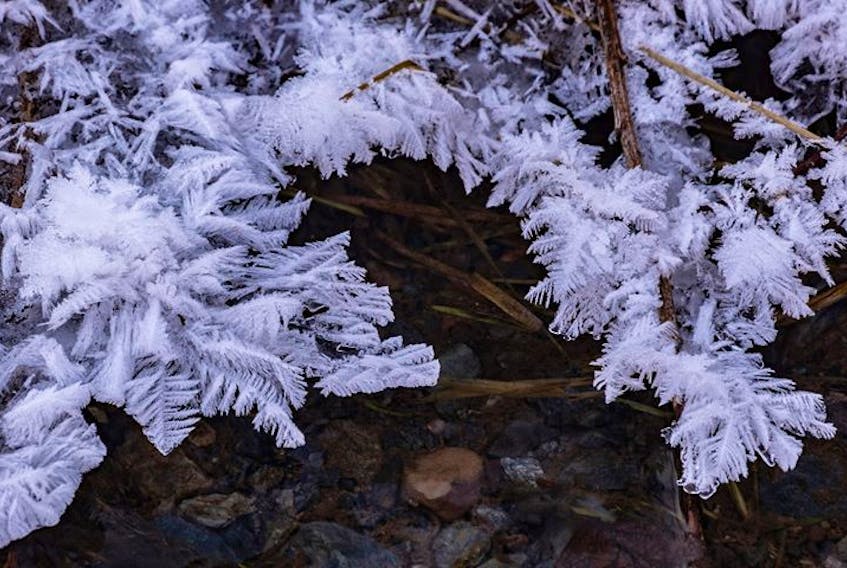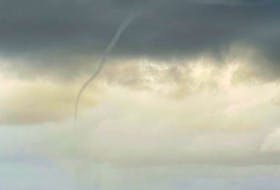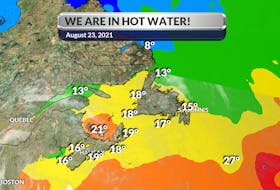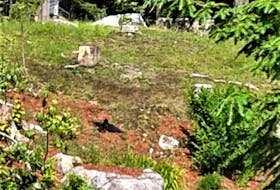Certain weather conditions can be a little bit like baking a cake: you need all the right ingredients for things to turn out!
Earlier this week, a cloudless sky, a windless night and relatively high humidity came together to produce a work of art on trees across the region.
It doesn’t sound pretty but it was: hoarfrost. It’s a deposit of ice crystals on objects – most often vegetation – exposed to the air. It’s formed by direct condensation of water vapour to ice.
You’re no doubt familiar with the term “dew point.” In the warmer months, it’s the temperature to which an air mass must be cooled to reach its condensation point. Frost point is its winter cousin and results in hoar frost.
Hoar frost can be so thick that it can look like snow. The interlocking ice crystals become attached to branches of trees and blades of grass and turn an ordinary scene into a “winter wonderland.”
Hoar frost shouldn’t be confused with rime, which occurs when freezing fog forms as a solid layer of ice. This might help: if it goes from gas to solid, it’s hoar frost; if it goes from liquid to solid, it’s rime.
People often ask me where the term comes from. The adjective “hoar” or “har” goes back to Old English and means “grayish white; gray or gray-haired with age.”
- Read more Weather University columns.
- Have a weather question, photo or drawing to share with Cindy Day? Email weathermail@weatherbyday.ca
Cindy Day is the chief meteorologist for SaltWire Network.
RELATED









